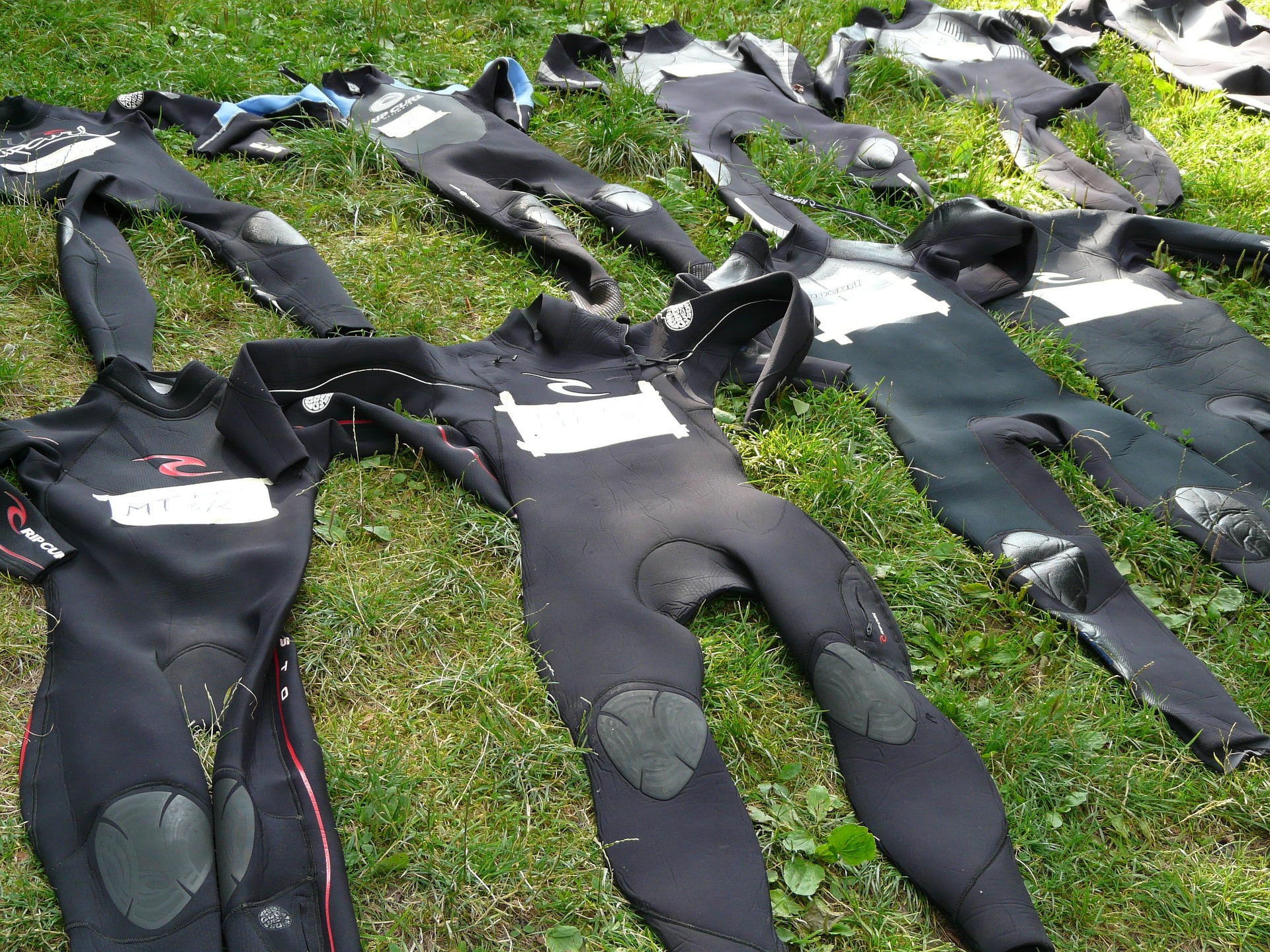Ever peeled that thin, white layer off a piece of raw chicken? That’s fascia. Most of us view our bodies as muscles, bones, and organs, held together by skin. But it’s actually fascia that holds us together. And it’s fascia causing so many of our aches and pains.
Imagine that, layered just beneath your skin, is a stretchy wetsuit covering your whole body. And if you tug on that wetsuit at the shoulder, it will pull all the way down your back and lower. Imagine, too, that this stretchy stuff extends all through the inside of your body, wrapping each part. So, if you melted away everything but the fascia, you’d have a complete replica of a human body with all of its organs, muscles, and bones.
Welcome to your body.
Fascia ties your entire body together in one, interconnected web. It lets your muscles and organs glide smoothly over one another. And it holds those organs in place. (You didn’t think they just sat there loose in your torso, did you?) It also stores lots of water and keeps it moving. Without fascia, your fluids would all pool at your feet.
So far, so good. So what’s the problem?
Just like with a sweater, a snag in one part of the fascia can pull on and cause pain in other parts. What causes these snags? Injuries. Repetitive movements. Poor posture. Physical strain causes fascia to shorten, tighten, and lay down more fibers to support overworked muscles. But this thick, tight fascia becomes stiff and painful. Its layers get glued together so it can’t glide. And it pulls on other areas, making them hurt, too.
And it goes even deeper…
Your brain and spinal cord are wrapped in tough fascia, called dura. It’s the deepest layer of fascia in the body. And it can tighten, twist, and get snags, too. So a snag at the base of your head could pull all the way to your tailbone. Or a twist in the dura at the neck could pull on the nerve root sheath that connects to fascia all down your arm.
Fortunately, fascia is malleable and can change with new input. Bodywork can be great for this. But what fascia loves best is movement. Movement helps it stay healthy, moist, and elastic. So stretch your body. Dance to the radio. Or walk some extra steps. Because a lot of what people call aging…it’s just their fascia getting tight, stiff, and dry.

